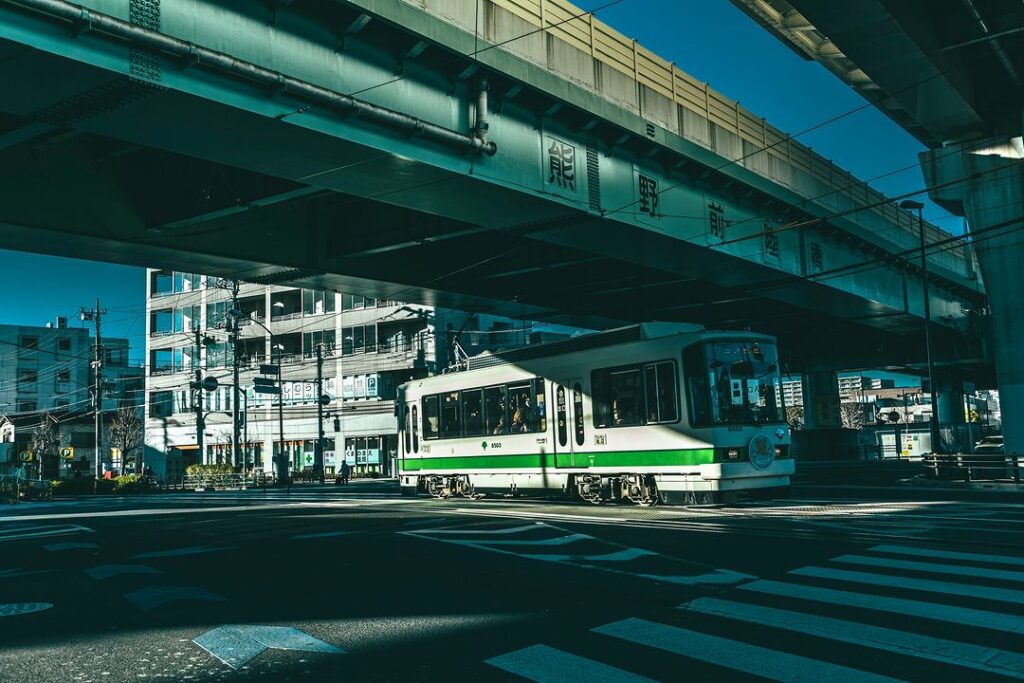
- ARAB NEWS
- 13 Jul 2025

Tokyo: Toei Bus, a major means of transport for Tokyo residents, is speeding up decarbonization efforts 100 years after the launch of operations.
The bus services originally started as a quick-fix solution following the September 1923 Great Kanto Earthquake.
Toei Bus, run by the Tokyo metropolitan government’s Bureau of Transportation, is one of Japan’s largest bus networks, covering a total distance of 765.7 kilometers on 128 routes. The number of buses for the Toei Bus services stood at 1,448 as of April 1, 2023, and that of passengers per day came to around 573,000 in fiscal 2022, which ended in March 2023.
The massive earthquake of 1923 heavily damaged the Tokyo streetcar lines operated at the time by the predecessor of the Bureau of Transportation.
As an emergency measure, the operator decided to introduce city bus services, which began Jan. 18, 1924. Initially, the bus network had only two routes–one connecting Sugamo and Tokyo Station, and the other between Nakashibuya and Tokyo Station. Forty-four buses were used on the routes, which had a combined distance of around 15.5 kilometers, with the daily number of passengers totaling nearly 7,500.
For the makeshift measure, the operator hastily remade trucks of U.S. auto giant Ford Motor into 11-seater buses. A Bureau of Transportation official said riding the modified buses was probably uncomfortable, with standing passengers having nothing to hold onto and those seated needing to be in a crouching position.
In 1979, air-conditioned buses were introduced to Toei Bus. In 1991, the bureau adopted a bus with a hybrid system, in which an electric motor assisted the diesel engine when the vehicle started to move and during acceleration.
As part of its decarbonization efforts, the bureau launched for the first time in Japan operations of fuel cell buses, which run on hydrogen, in March 2017. As of April 1, 2023, the bureau had 73 such buses, the most for any bus operator in the country.
While the bureau hopes to increase this number to 80 in fiscal 2024, there are currently only nine hydrogen refueling stations that can accommodate buses in Tokyo.
To tackle this issue, it plans to build a bus-friendly hydrogen station at its Ariake bus depot in the Japanese capital’s Koto Ward. An area of about 1,000 square meters will be lent out to a private-sector company, and at least 25 buses will receive hydrogen there per day. The refueling station will open in April 2025, with buses from other operators allowed to use it as well.
It will be Japan’s first hydrogen refueling station built within the grounds of a bus depot.
“There will be no need for buses to drive a long way for hydrogen, hopefully helping save time,” a Bureau of Transportation official said.
JIJI Press